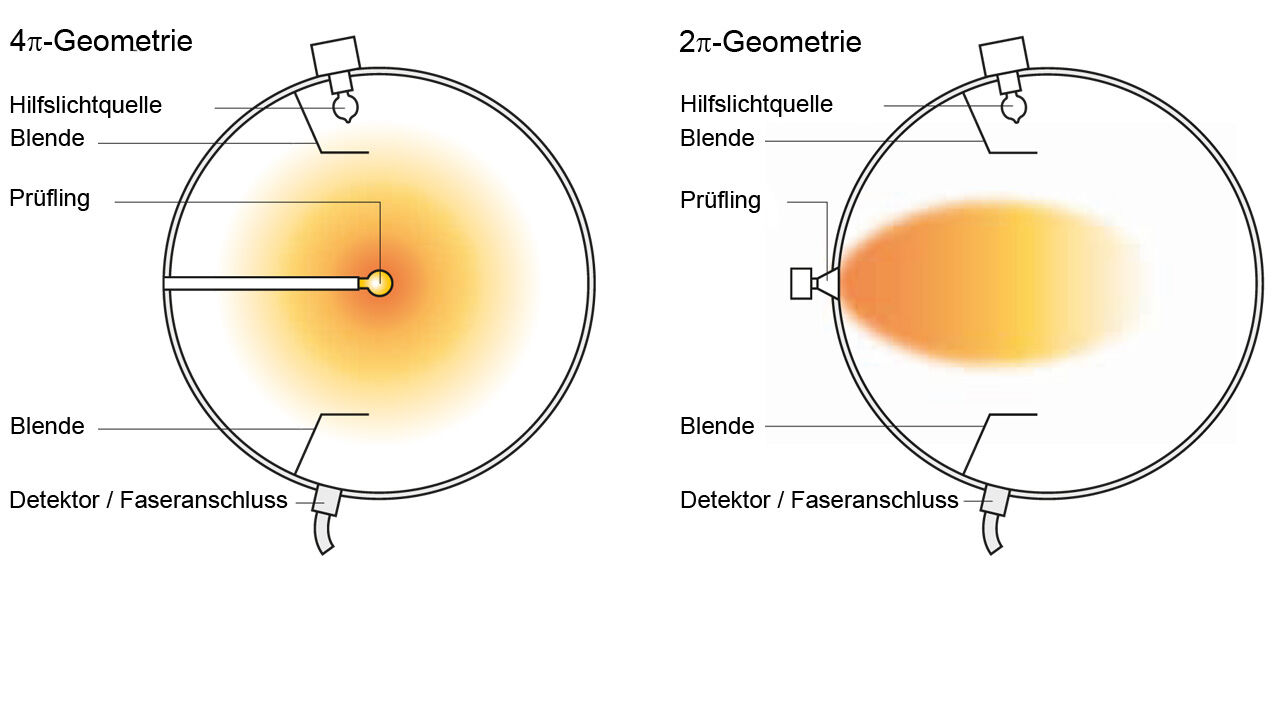Contents

Source: Instrument Systems
<>
The Integrating Sphere in Photonics
Introduction
An integrating sphere, also known as an Ulbricht sphere, is a versatile optical device used for various purposes in photonics.
Applications of Integrating Spheres
An integrating sphere is commonly used for:
- Measuring the radiant flux from light sources like laser diodes, LEDs, and bulbs.
- Measuring the transmittance or reflectance of optical components.
- Creating uniform illumination for devices.
- Generating precise color mixes in colorimetry.
- Depolarizing light.
Structure and Functionality
An integrating sphere consists of a hollow sphere with a diffusely reflecting internal surface. It typically has ports for introducing light and attaching photodetectors, along with baffles to prevent direct illumination of detectors. The sphere ensures uniform light distribution at the detector, making the measured radiant flux independent of the spatial and polarization properties of the introduced light.
Calculation of Irradiance
The irradiance at an output port of an integrating sphere can be calculated based on the radiant flux injected through another port. The formula includes terms for reflectivity and sphere radius, with considerations for the impact of high reflectivity and port obstructions on measurement accuracy.
Additional Uses
Apart from measurements, integrating spheres are used to provide uniform illumination, crucial for testing the homogeneity of imaging devices like CCD arrays.
Optical Efficiency and Size Variations
The efficiency of an integrating sphere depends on factors like reflectivity of the inner coating and optical losses. Spheres come in various sizes, with larger ones offering more output ports and the ability to handle high optical powers, making them suitable for high-power laser measurements.
Conclusion
Integrating spheres play a vital role in photonics, enabling accurate measurements of radiant flux, transmittance, and reflectance, as well as providing uniform illumination for testing optical devices.
Source: Wikipedia
Feel free to comment your thoughts.



